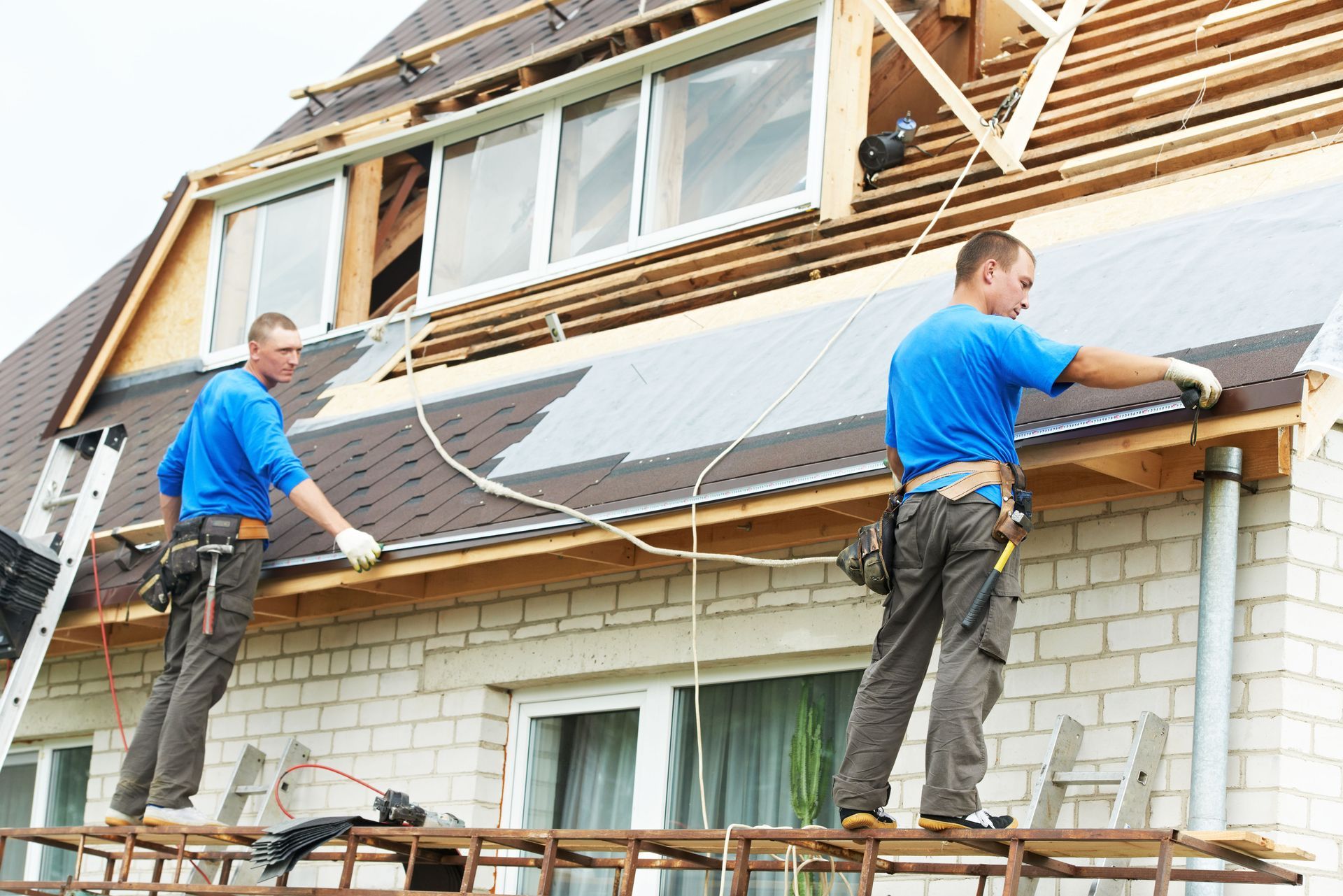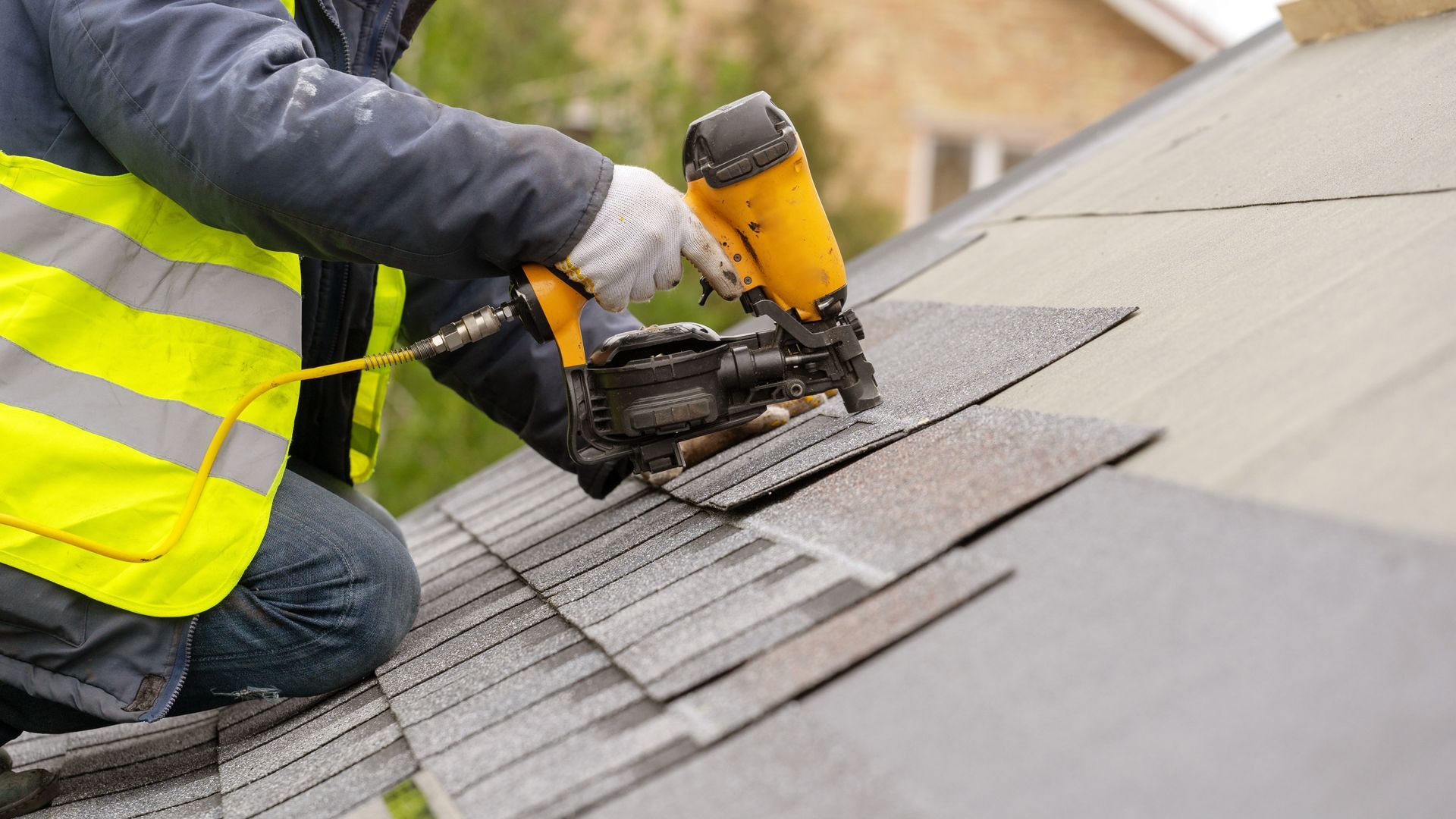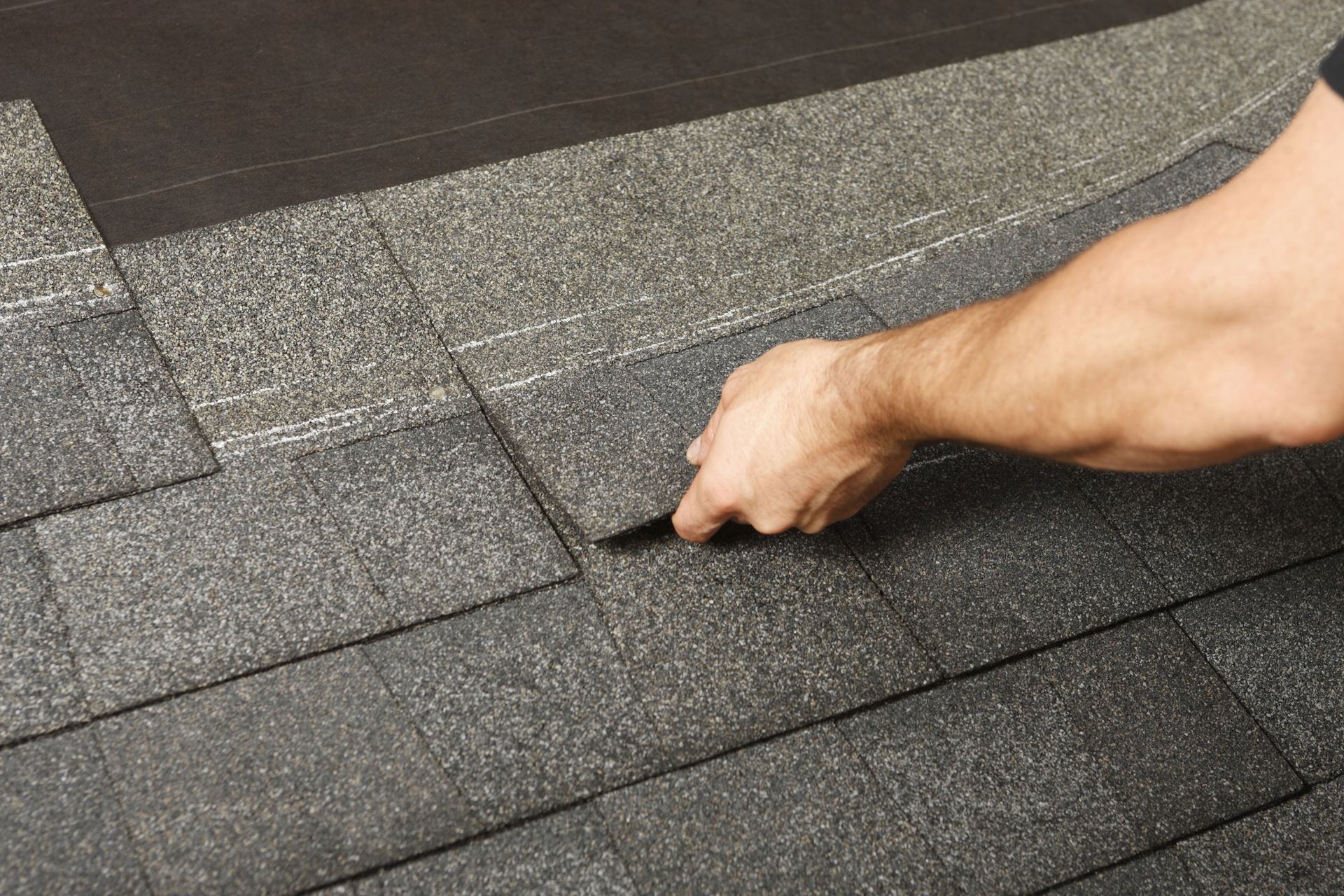September 8, 2025
Choosing the right roofing material for your home is a major decision that affects not only the aesthetics of your property but also its durability, energy efficiency, and overall value. With so many options on the market—from asphalt shingles and metal to tile, slate, and wood—homeowners can easily feel overwhelmed. Each material comes with its own set of benefits, costs, and maintenance requirements, making it essential to weigh your options carefully before committing to a roof that will last decades.
Your roof is one of the most critical components of your home, protecting you and your family from the elements while enhancing curb appeal. Beyond looks, it plays a key role in energy efficiency, structural protection, and long-term home value. By understanding the factors that influence roofing decisions, you can make an informed choice that balances style, functionality, and budget. This guide will walk you through the key considerations to help you select the ideal roofing material for your home.
Assess Your Budget and Longevity Needs
One of the first things to consider when choosing a roofing material is your budget. Roofing materials vary significantly in price, both in terms of upfront cost and long-term maintenance. Asphalt shingles are the most common and generally the most affordable option, often lasting 20 to 30 years. Metal roofs, while more expensive initially, can last 50 years or more and often come with warranties that make them a long-term cost-effective solution.
Balance your budget with longevity. Cheaper materials may save you money upfront, but frequent repairs or replacements can quickly offset the initial savings. Consulting with local roofing companies can give you a realistic understanding of both installation costs and expected maintenance expenses.
Additionally, consider the potential resale value of your home when selecting a roofing material. A high-quality roof can increase curb appeal and attract buyers if you decide to sell. Conversely, inexpensive or short-lived options may be less appealing to prospective buyers, potentially lowering your home’s market value. Planning for both present and future financial considerations can help you make a smarter investment in your roof.
Consider Your Home’s Architectural Style
The architectural style of your home should also play a role in your roofing material choice. Traditional asphalt shingles suit most residential homes, while wood shakes or shingles complement rustic or craftsman-style houses. Slate and tile roofs often enhance Mediterranean, Spanish, or historic-style properties, adding character and curb appeal.
While aesthetics are important, you should also ensure that the material works with the structural requirements of your home. Some heavy materials, like slate or concrete tiles, may require additional reinforcement of your roof structure, which can add to the overall cost. When in doubt, local roofing companies can provide insights into what materials are compatible with your home’s architecture and structure.
It’s also worth considering color and texture when choosing a roofing material. Light-colored roofs can make a home appear larger and more inviting, while darker colors can complement certain architectural styles. Mixing and matching textures—like combining metal accents with asphalt shingles—can create a unique and visually appealing roof that elevates your home’s overall look.
Evaluate Climate and Weather Considerations
Your local climate is another crucial factor when selecting roofing material. For homes in regions with heavy rainfall, durable and water-resistant options such as metal or asphalt shingles may be ideal. In hot climates, reflective metal roofs or light-colored tiles can reduce heat absorption, lowering cooling costs.
If you live in an area prone to snow or ice, you’ll want a material that can shed snow efficiently and withstand freeze-thaw cycles. According to The Spruce, tile roofs are ideal for steep slopes and aren't recommended for roof pitches with less than a four-inch rise over a 12-inch run. This is an important consideration if you’re thinking about tile roofing in a climate with heavy precipitation or snow accumulation. Always discuss your options with experienced local roofing companies who understand the nuances of weather-related roofing concerns in your area.
Additionally, consider wind resistance and hail durability when evaluating materials. Metal roofs and impact-resistant asphalt shingles perform well in areas prone to storms, while clay or concrete tiles can crack under severe hail impact. Choosing a material that suits your regional weather conditions ensures your roof remains intact and reduces costly repairs over time.
Assess Maintenance Requirements and Durability
Different roofing materials require varying levels of maintenance. Asphalt shingles generally require minimal upkeep, though they may be prone to algae growth or wind damage. Metal roofs are low-maintenance and resistant to mold, mildew, and insect damage. Wood shingles and shakes, while beautiful, require regular treatment to prevent rot and insect infestations. Tile and slate are highly durable but can be prone to cracking if walked on or struck by falling debris.
Durability also ties into warranty options. Many manufacturers offer extended warranties for higher-end materials like metal or slate, providing added peace of mind. Partnering with local roofing companies ensures that the installation meets manufacturer specifications, which is critical for maintaining warranty coverage.
You should also think about long-term upkeep costs. For example, wood roofs may require annual treatments, while metal or tile roofs often only need occasional inspections. Factoring in these maintenance requirements alongside material costs can help you make a more informed choice and avoid unexpected expenses.
Energy Efficiency and Environmental Impact
Modern homeowners are increasingly focused on energy efficiency and environmental impact when selecting roofing materials. Cool roofing materials, such as reflective metal or light-colored tiles, can help reduce heat absorption and lower your energy bills. Some roofing options, including metal and recycled shingles, are more environmentally friendly due to their longevity and recyclability.
Additionally, certain materials can complement other energy-saving initiatives, such as solar panels. For example, metal roofs provide a stable and long-lasting surface for solar installations, while asphalt shingles may require more frequent replacement, potentially complicating panel installation. By consulting with local roofing companies, you can identify roofing materials that meet both your energy efficiency goals and sustainability preferences.
Don’t forget about insulation and ventilation when thinking about energy efficiency. Properly ventilated roofs help maintain consistent indoor temperatures, reduce energy consumption, and extend the life of roofing materials. Combining efficient roofing materials with proper attic insulation can lead to a more comfortable home and lower utility bills year-round.
Choosing the right roofing material for your home involves a careful balance of budget, style, climate considerations, durability, and energy efficiency. No single material is perfect for every situation, which is why working with experienced local roofing companies is essential. They can provide guidance tailored to your home’s unique needs, ensuring that your roof not only looks great but also protects your investment for years to come. Whether you opt for asphalt, metal, tile, or another material, taking the time to evaluate your options will pay off in both the short and long term.
By considering your budget, architectural style, climate, maintenance requirements, and energy efficiency, you can make an informed decision that enhances your home’s value and comfort. With the right material and professional installation, your home will enjoy a strong, durable roof that stands the test of time. A well-chosen roof is not only a functional necessity but also a statement of style, durability, and care for your home. Investing time in selecting the perfect material today will save you money, headaches, and repairs in the years ahead.
Ready for a roof makeover? Ensure your home is protected with expert advice from Greiner Roofing & Consulting, one of the leading local roofing companies serving the Front Range, CO region.







